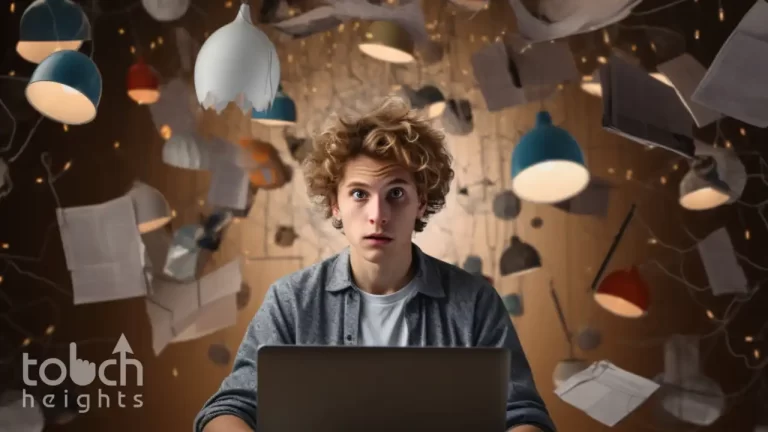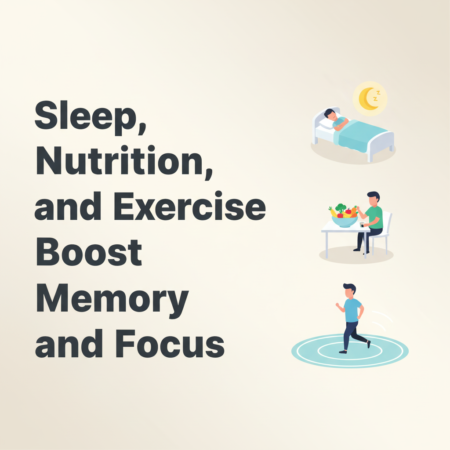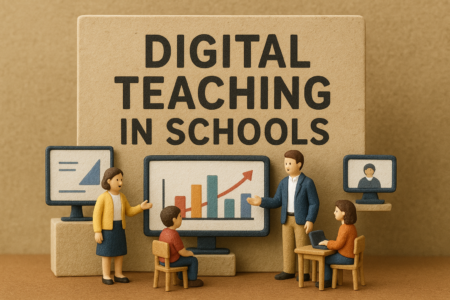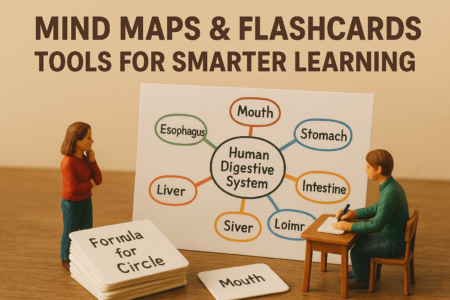Introduction
In this blog post, we’ll explore how incorporating art and creativity into your study routine can enhance learning and improve exam performance. By infusing creativity into your study sessions, you can unlock new ways to understand and retain information. Join us as we delve into the exciting realm of creative test prep and discover its benefits for learners of all ages.
Cognitive Benefits
- Stimulates problem-solving skills:
Engaging in creative test preparation, such as drawing diagrams or creating mind maps, challenges the brain to analyze information and find solutions to complex problems. This process fosters the development of problem-solving skills, as individuals explore different approaches and strategies to tackle exam questions. - Enhances critical thinking abilities:
By incorporating art and creativity into studying, students are encouraged to think critically about the subject matter. Creating visual representations or artistic interpretations of concepts requires them to analyze information, evaluate relationships between ideas, and make connections, thus enhancing their critical thinking abilities. - Improves memory retention and recall:
Studies have shown that engaging in artistic activities can enhance memory retention and recall. When students express concepts visually through drawings, diagrams, or other forms of art, they create mental associations that aid in the encoding and retrieval of information. This active participation in the learning process strengthens memory formation and improves the ability to recall information during exams.
Emotional Well-being
Preparing for tests can often be stressful, but incorporating art and creativity into the process can help alleviate some of that anxiety. Engaging in creative activities during test preparation serves as a form of relaxation and self-expression, providing a much-needed break from the pressures of studying. For example, taking breaks to doodle, paint, or engage in other artistic endeavors can help students unwind and reduce feelings of stress and tension. Additionally, art therapy techniques, such as mindfulness coloring or expressive drawing, can be applied to specifically address test-related stress. These techniques encourage students to focus on the present moment, allowing them to release negative emotions and cultivate a sense of calmness and well-being.
Enhanced Learning Engagement
When students engage in creative test preparation methods that incorporate art and creativity, they often find themselves more motivated and invested in the learning process. By infusing artistic activities into their study routines, students can make learning more enjoyable and interactive, leading to increased engagement and participation. Moreover, incorporating art into test prep allows for experiential learning, where students actively participate in hands-on activities that reinforce their understanding of the material. For example, creating visual aids such as diagrams, mind maps, or flashcards not only encourages active learning but also enhances knowledge retention by providing students with a tangible representation of the concepts they’re studying. Similarly, interactive activities like role-playing scenarios or creating educational games can make learning more dynamic and memorable, fostering a deeper understanding of the subject matter.
Adaptability and Problem-solving Skills
- Creative test preparation methods encourage students to think outside the box and approach problems from different perspectives.
- Engagement in artistic and creative activities fosters innovative solutions to complex problems.
- Creativity plays a crucial role in cultivating adaptability and resilience, enabling students to adjust their strategies based on task demands.
- Strategies such as mind mapping, storytelling, and mnemonic devices can be employed to integrate creative problem-solving techniques into test preparation activities.
Integration with Traditional Study Methods
- Incorporating creative test preparation alongside traditional study methods enriches the learning experience by providing alternative avenues for understanding and retaining information.
- For example, alongside traditional note-taking, students can create visual representations of complex topics through mind maps or concept diagrams.
- These visual aids not only enhance comprehension but also stimulate creative thinking and deeper engagement with the material.
- Tips for seamlessly integrating art and creativity into existing study routines include allocating specific time slots for creative activities within study sessions.
- This allows students to explore different mediums such as drawing, painting, or crafting while still focusing on key learning objectives.
- Additionally, incorporating mnemonic devices or mnemonic songs can add a fun and memorable aspect to traditional study methods, aiding in information recall.
- Finding the right balance between creative and conventional study techniques is crucial for optimizing learning outcomes.
- While creative approaches offer diversity and innovation, traditional methods provide structure and familiarity.
- By combining both approaches strategically, students can capitalize on the benefits of each method, resulting in a comprehensive and effective study routine.
- Ultimately, integrating art and creativity into traditional study methods empowers students to personalize their learning experience, catering to their unique preferences and learning styles.
- This holistic approach not only enhances academic performance but also cultivates a deeper appreciation for the subject matter and promotes lifelong learning habits.
Interactive Learning Activities
- Hands-on Exercises:
These activities, such as creating mind maps, flashcards, and visual aids, actively engage students in the learning process by encouraging them to interact with the material in a tangible way. Mind maps visually organize key concepts, flashcards facilitate repetition and recall, and visual aids clarify complex information. - Group Activities:
Interactive group activities, like brainstorming sessions and problem-solving challenges, promote collaboration and communication among students. Through these activities, students can share ideas, work together to solve problems, and learn from one another’s perspectives. - Collaborative Projects:
Collaborative projects, such as creating presentations or posters, provide opportunities for students to apply their knowledge creatively. By working together on projects, students develop teamwork skills and demonstrate their understanding of the subject matter in a meaningful way.
Conclusion
Incorporating art and creativity into test preparation offers numerous benefits. Creative methods, such as visual aids and interactive activities, enhance cognitive function, reduce stress, and boost learning engagement. Embracing creativity in studying not only makes it more enjoyable but also leads to better outcomes. So, explore different methods and unleash your creativity to achieve success!







